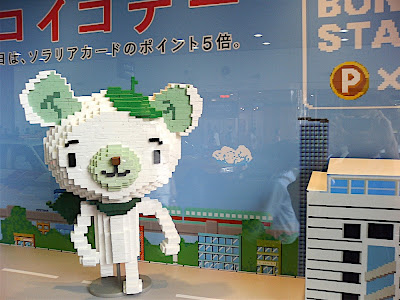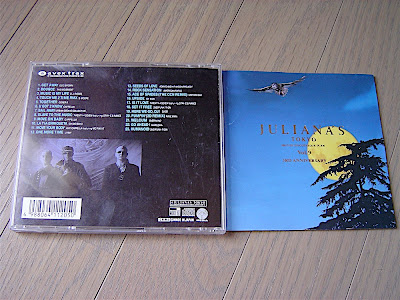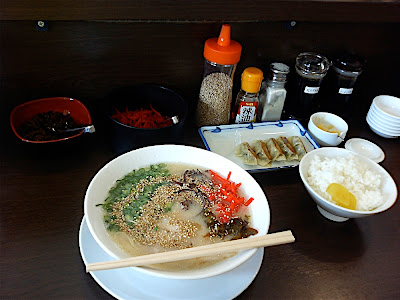A partir de este mes, ha habido unos pequeños cambios en el sistema universitario japonés. En este artículo quiero estudiar la influencia que puede tener en los profesores extranjeros que trabajan en universidades japonesas.
Desde el 1 de abril de 2007 el puesto jokyouju (助教授), que significa profesor auxiliar, ha sido reemplazado por un puesto llamado junkyouju (准教授), que significa profesor asociado. Las prioridades en su trabajo cambian ligeramente, dando más prioridad a la investigación que al apoyo a los profesores titulares.
Hasta aquí, las noticias. Lo que me ha llamado la atención de esta noticia es que en el currículum vítae ya no figurará el término profesor auxiliar, que se interpreta de forma peyorativa en muchas sociedades diferentes a la japonesa. El sistema japonés ha adaptado la nomenclatura a una forma más agradable al oído occidental.
Cabe aclarar que al oído japonés la palabra auxiliar también le suena a abajo, pero sin embargo aquí no es peyorativo sino completamente natural, porque las relaciones laborales en Japón son más verticales que horizontales. En Japón todos tenemos alguien arriba y alguien abajo, lo llevamos con naturalidad, y solo en ocasiones determinadas tenemos que actuar en consecuencia.
En general, creo que este tipo de cambios pueden hacer más fácil la vida de los extranjeros que viven en Japón.
—
今月から、大学の「助教授」という言い方は「准教授」に変更されました。今日はこの変更が日本で働く外国人准教授に与える影響について書きたいと思います。
例えば外国人の助教授が帰国して就職活動をする場合、助教授の「assistant professor」という英語表記は欧米ではあまり良くない印象を与える事がありました。准教授なら「associate professor」という言い方となり、欧米でも歓迎されると思います。助教授という言い方は上下関係を表しましたが、その上下関係が存在しない欧米では履歴書に「assistant」と書いてあると見下される可能性がありました。
こういう変更が増えると、日本に住んでいる外国人の生活はしやすくなるかもしれない。
—
Japan’s education system has changed a little this month. I’d like to think a little about the influence this can have on foreign gaijin teachers teaching in Japanese universities.
Since April 1st, the former assistant professor (助教授) position in Japanese universities has been replaced by a new position called associate professor (准教授). Work priorities change a little, giving more priority to investigation than to assisting other professors.
OK, that was the news. What I found interesting about this is, many teachers won’t have the words assistant teacher on their resumes anymore. This wording can be misunderstood in many countries which don’t have top-down relationships at work, and I believe the new associate professor position is much more export friendly.
Top-down relationships are natural in Japan. We all have someone over and someone under us, and sometimes we have to act according to our position in this top-down map.
Overall, I think this kind of changes can make the life of foreign people living in Japan easier.
—
Explicaciones y noticias sobre el tema (en japonés):
これについての詳しい説明とニュース:
Explanations and news about the topic (in Japanese):




